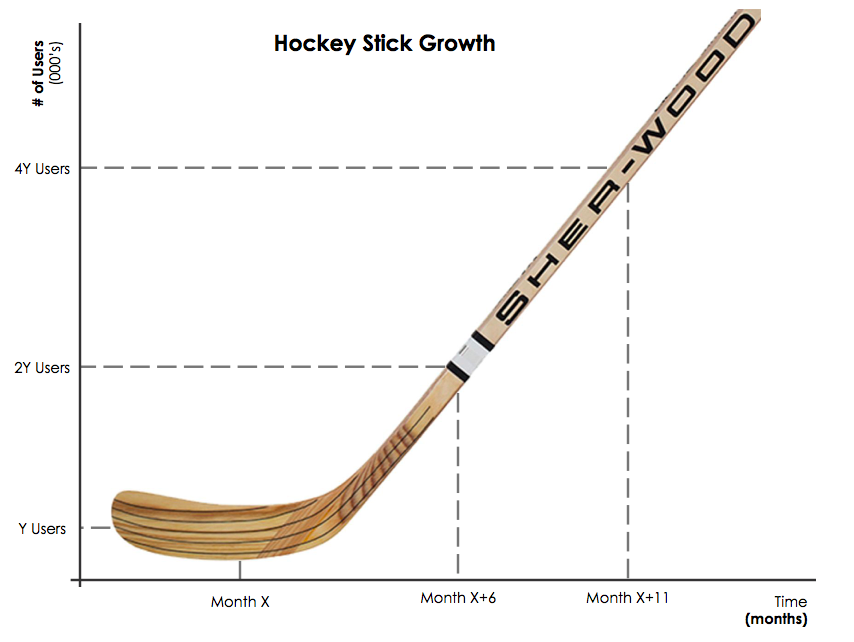With help from one of the greatest minds in growth, Brian Balfour (Founder and CEO @ Reforge and ex-Vp of growth @ Hubspot) we will demystify the differences between CAC and CPA to understand where, when and how to use them.
As a guiding principle to your growth strategies, it is important to note these key differences in order to make the best decisions for your growth. The common misconception with these two metrics is that you can use them interchangeably, and that is wrong.
Firstly:
CAC = customer acquisition cost
CPA = cost per acquisition
Note that customer acquisition is not CPA. And vice versa.
CAC specifically measures the cost of acquiring a customer, where the definition of a customer is a paying user. Conversely, CPA is the cost of acquiring a non-customer, or more aptly, a non-paying user. This can be anything depending on your OMTM: cost per registration, cost per signup, cost per lead, cost per activation.
Even though the two metrics are intrinsically different, CPA is used to measure the cost of leading indicators for the overall CAC.
Models for CAC and CPA
B2C model
Typical B2C models don't require a sales cycle since the conversion time is much shorter. Someone decides in the moment whether to convert into a user (download/register etc). From then, the product would then spend time converting a free user into a paying customer.
CPA - cost per registration, cost per activation, cost per signup, cost per lead
CAC - cost per paying user, cost per advertiser (as Facebook example)
B2B model (and Freemium models)
Conversely, a B2B model (and Freemium model) requires a sales cycle with lead time to convert a user into a customer. Additionally, the CPA of a user would then be a leading indicator for the overall CAC of your customers.
CPA - cost per signup, cost per lead, cost per registration, cost per activation
CAC - cost per paying user in Basic plan, Pro plan or Enterprise plan (or equivalent)
Your model, your customer
At this stage you need to understand and define your business model and customer. Understand who/what a customer is to you and at what stage a user is converted into a paying user. The definition of your customer must stay consistent to dispel any confusion. For CPA, choose your OMTM to be the guiding light for all acquisition initiatives.
CAC and CPA calculations
Here is the minimum viable CPA equation. Which works for any use-case and OMTM.
CPA - cost per armoire...?
Below is the minimum viable CAC equation. It works well for typical B2C models with very short sales cycles and decision making.
CAC - cool asa cucumber...?
Sales expenses take into account sales salaries, hardware, software, licenses and phone bills, to name a few. Marketing expenses also mean salaries, hardware, software licenses etc. Any expense or cost related to item that helps the sales and marketing teams convert users.
What the basic CAC calculation doesn't account for are three key instances that will change how we look and structure said equation. How long is the sales cycle between lead and customer (for freemium: how long before user converts to customer)? How do you distinguish a new customer from a returning customer? And what are the costs for supporting a lead (or free user) before converting into a customer?
Sales cycle
Let's say you're a B2B payments platform like GoCardless. A lead comes in, and is initiates contact with the sales team. From this point it takes 60 days for them to convert to the Plus package. By not taking into account the sales cycle when calculating the CAC, you will skew your data and set you up for making the wrong decisions based on inaccuracies.
For instance, imagine you run a large marketing campaign that launches in October. Your total spend (marketing and sales) for the month hits £50,000 and the users acquired that month is 500. You then divide the amount spent in October by the new users in October giving you a CAC of £100.
Before this fictitious campaign began, a KPI of yours was to acquire new users at <£80, so in your eyes this marketing campaign actually failed.
However, if you took into account the sales cycle of 60 days, you would have noticed that in December the new users spiked and hit 900. Meaning the £50,000 campaign amount should be divided by 900, giving a true CAC of ~£55. Since £55 is less than £80, the campaign was a success. This would have been missed if the sales cycle was not taken into account.
Taking things further
We can make the CAC even more accurate through using average sales cycle lengths, but we would need to adjust the calculation to suit. Let us assume that the average sales cycle length is 60 days and sales expenses remain constant over the two month period.
note: n = month
CAC - cost acquisition customer...?
Customer acquisition cost is the marketing expenses of two months ago plus half of the sales expenses of last month plus half the sales expenses of the current month. All of which is divided by the amount of new customers acquired during this current month.
Marketing expenses in October were £25,000.
Sales expenses in November were £22,000.
Sales expenses in December were £22,000.
New users in December were 900.
Therefore, CAC = (£25,000 + £11,000 + £11,000) / 900 = ~£52
Key takeaways here are to really understand what your average sales cycle is, and to make sure you have a fully loaded CAC.
Fully Loaded CAC
Expenses should include:
Salaries
Overhead (rent, equipment, coffee)
Money spent on tools (CRM etc)
Expenses should include (depending on your business model):
Customer success (since your customer success teams improve retention which in turn positively affects customer acquisition)
Product, engineering, design (as long as these teams build, create and implement product that influences customer acquisition)
Shipping for free trials (if running free trials is integral to incentivising a non-paying customer to become a paying customer)
To make things easy on us, any team, product or tool that is used to acquire new users should be used to create a fully loaded CAC. E.g. if you have a free trial for a product, any costs associated to hosting that free trial should be used as part of the expense. Similarly, if you have B2B businesses with large customer success teams, such as GoCardless, then those should also be added to the CAC expenses since they definitely enhance the user experience and affect customer acquisition and retention.
Conclusion
Define what a customer is to your business.
Be aware of the differences between CAC and CPA.
CPA is a leading indicator of CAC, but they are not interchangeable.
Be aware of your sales cycle, if you have one, and be thoughtful when calculating your CAC.
Any team, product or tool associated with the acquisition or retention of a customer must be included in the expenses to give you a fully loaded, accurate CAC.











